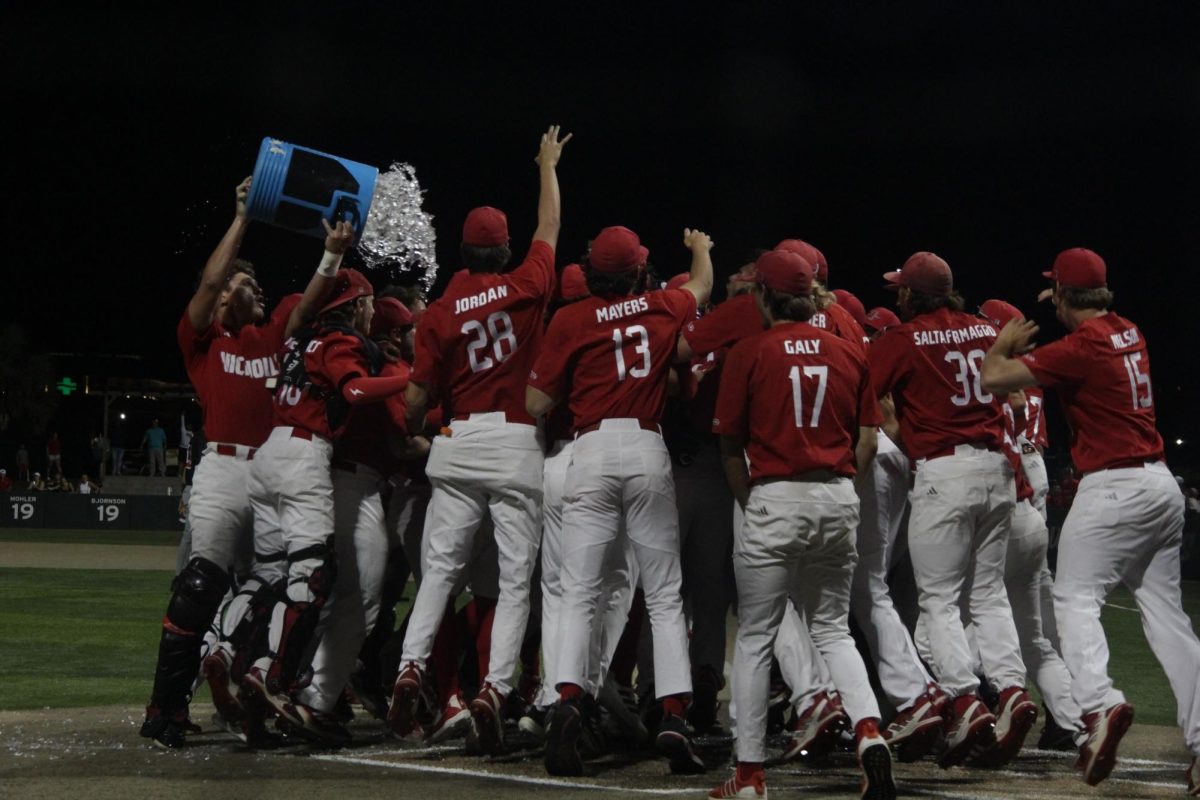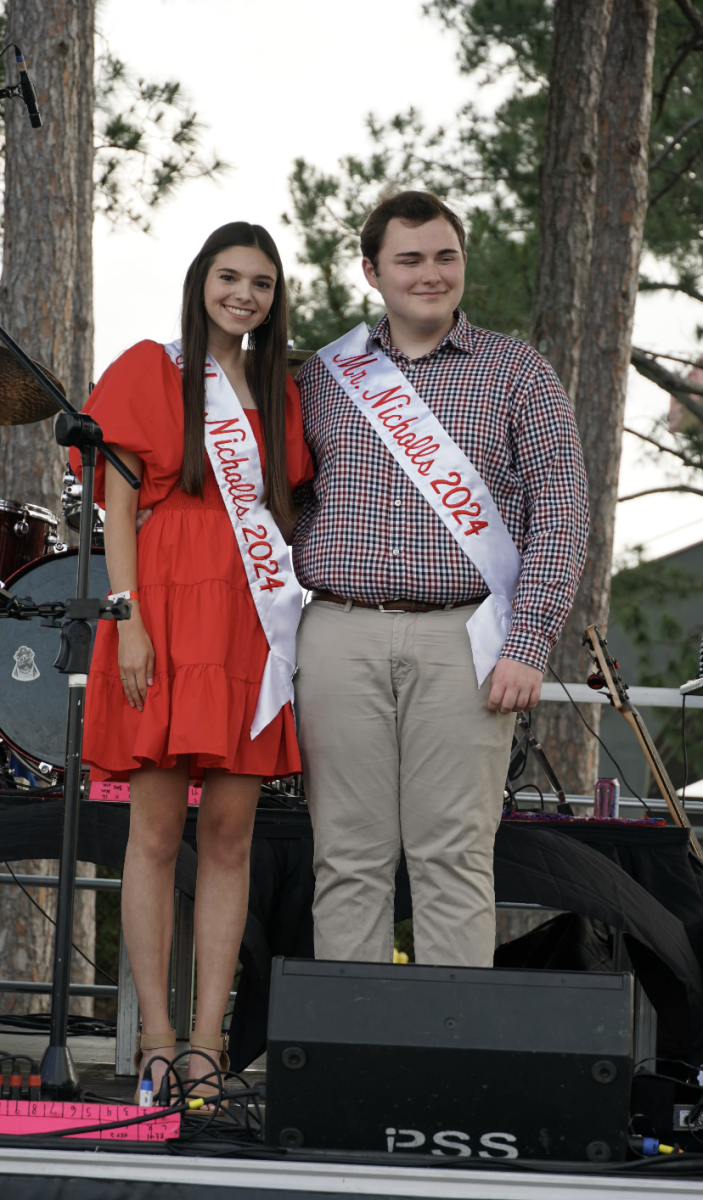As spring break nears, college students are desperately pulling pennies from between the cushions to pay for the road trip of a lifetime. They will be scrounging together what little money they have in order to fill their spring break nights with debauchery. It only seems fitting that spring break is synonymous with excess. This debauchery, according to certain spring break Web sites such as springbreak.com and tripsmarter.com, began with the ancient Greeks. Many scholars believe that it originated as a way for adolescents to vent their unreleased desires and rejuvenate their souls from the winter’s freeze.
Margaret Minor, associate professor of history and social sciences, said even though she has not come across any historical references of spring break, it could be a tradition of many cultures, including the ancient Greeks
“When winter ends, people tend to go to the beach,” Minor said. “Athens is right there on the coast. I would think what they are trying to say is that in any culture people are going to enjoy the weather.”
According to springbreak.com, Greek men and women of mate-able age welcomed the season of fertility in rituals celebrating Dionysus, the god of wine. Festivals featured drinking and dancing until participants were in an altered state.
The introduction of Christianity, with its focus on spiritual rather than worldly obsessions, brought much of the revelry to an end. But today, the spring break tradition still lives on in certain incarnations.
During the early years of the last century, the invention of the automobile and the abundance of single-sex colleges led to the popularity of “the road trip,” a chance for young co-eds to mingle.
According to tripsmarter.com, during both World Wars American soldiers stationed in European ports saw drastic changes in the locals when the snow melted between February and March. Scantily-clad women and transvestites would often appear in their trenches. Many G.I.s brought the tradition back to the states with them.
Movies during the 1960s further pushed the idea of the spring break beach vacation, especially “Where the Boys Are.” College students began to find their way to Fort Lauderdale, Fla., the setting of “Where the Boys Are,” by the vanloads.
While students were influenced by the beach bunny movies of the 1960s, the institution of spring break underwent substantial changes during the 1970s. The era of “free love” and the introduction of mind-altering substances brought the partying to new levels. The hot spot of Fort Lauderdale was replaced by Daytona Beach, which was known for looser morals.
Springbreak.com also said Generation X added its spin on the tradition. While alcohol still played a central role in spring break, students began to seek a little more sophistication in their partying. Activities included more sports, theme parks and other tourist spots. The marketing of spring break also moved from beer and cigarettes to computer-related items, video games, cars, movies and television shows.
The residents of Fort Lauderdale became tired of the increased drinking and public nudity. Residents became so upset that the local government passed laws restricting the parties in 1985. The once-booming city saw numbers drop from 350,000 in 1985 to 20,000 in 1989.
The 1990s saw a diversification of the most popular locales. South Padre Island in Texas and Palm Springs in California became new places of interest. International beaches such as Cancun, Acapulco and the Bahamas also attracted large numbers of American college students.
Around the mid-1990s the dawn of the MTV Spring Break erupted on television sets across the country. The media attention created an entire industry dedicated to having college students empty their pockets to party.
USA Today reported in 2003 that about a million students went on spring break. Today most students purchase specialized packaged tours through logistics companies that charter airplanes and buy large blocks of hotel rooms to offer the discounts most college students need.


![Assistant coach Cody Livingston [#53] talking with pitcher Nico Saltaformaggio [#38] on the mound(5/12).](https://thenichollsworth.com/wp-content/uploads/2024/05/LivingstonNicoHuddle-vs-Lamar-1200x800.jpg)




